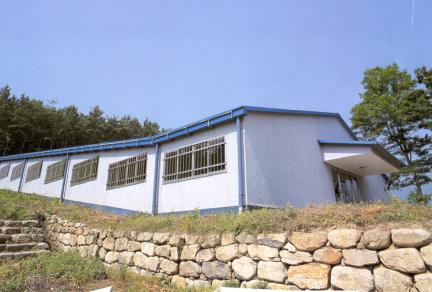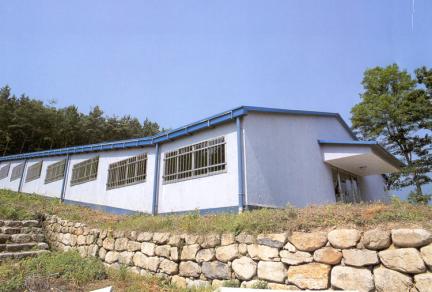종목별 검색
사적
광주 충효동 요지 (光州 忠孝洞 窯址)Kiln Site in Chunghyo-dong, Gwangju
| 분 류 | 유적건조물 / 산업생산 / 요업 / 도자기가마 |
|---|---|
| 수량/면적 | 57,626㎡ |
| 지정(등록)일 | 1964.08.29 |
| 소 재 지 | 광주 북구 금곡동 179-5번지 |
| 시 대 | 고려시대 후기~조선시대 전기 |
| 소유자(소유단체) | 광주시 등 |
| 관리자(관리단체) | 광주광역시 북구 |


사적
광주 충효동 요지 (光州 忠孝洞 窯址)Kiln Site in Chunghyo-dong, Gwangju
| 분 류 | 유적건조물 / 산업생산 / 요업 / 도자기가마 |
|---|---|
| 수량/면적 | 57,626㎡ |
| 지정(등록)일 | 1964.08.29 |
| 소 재 지 | 광주 북구 금곡동 179-5번지 |
| 시 대 | 고려시대 후기~조선시대 전기 |
| 소유자(소유단체) | 광주시 등 |
| 관리자(관리단체) | 광주광역시 북구 |

ⓒ 2000. CULTURAL HERITAGE ADMINISTRATION. ALL RIGHTS RESERVED.



 국가유산
국가유산


